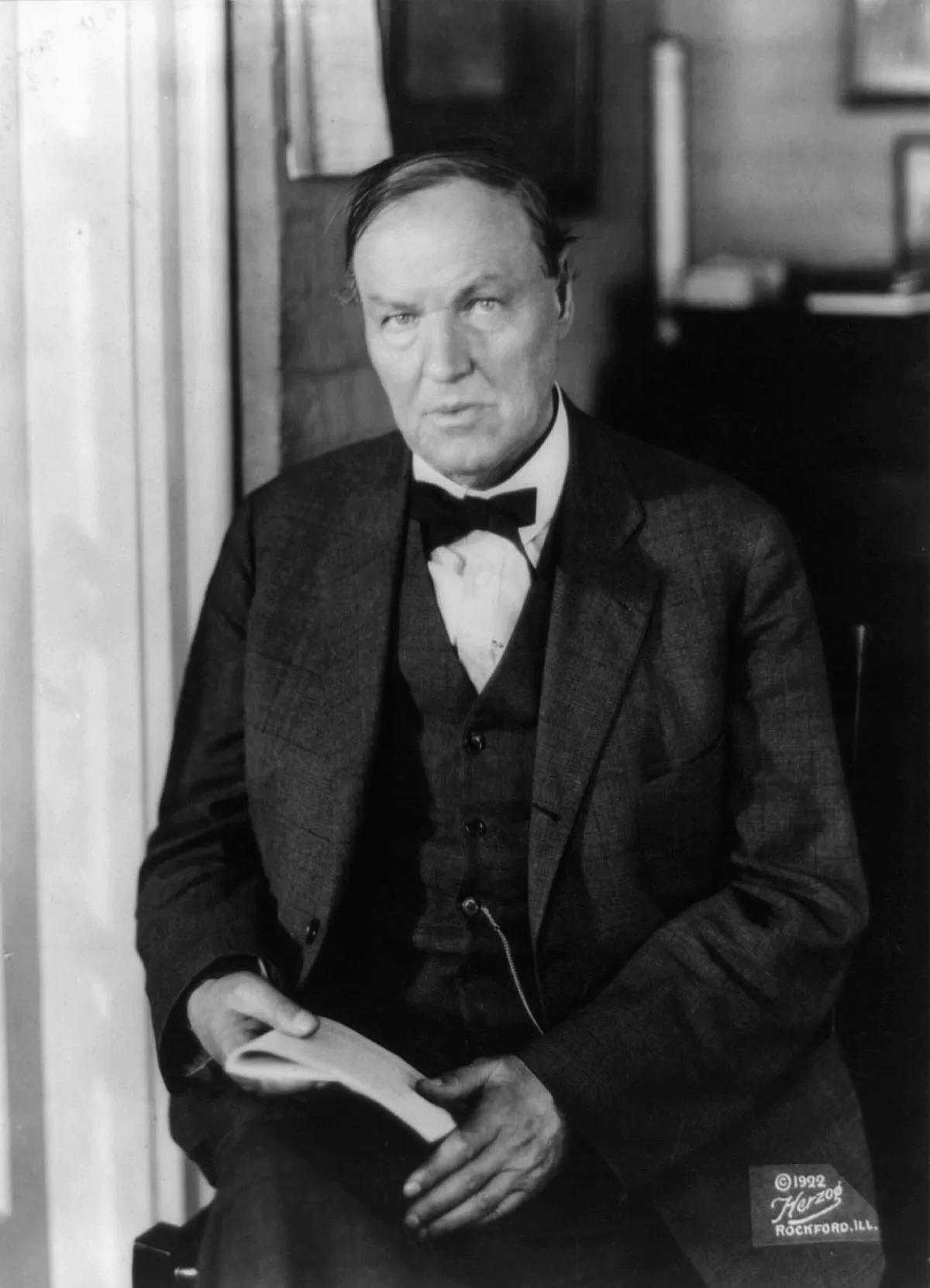 1.
1. Clarence Seward Darrow was an American lawyer who became famous in the 19th century for high-profile representations of trade union causes, and in the 20th century for several criminal matters, including the Leopold and Loeb murder trial, the Scopes "monkey" trial, and the Ossian Sweet defense.